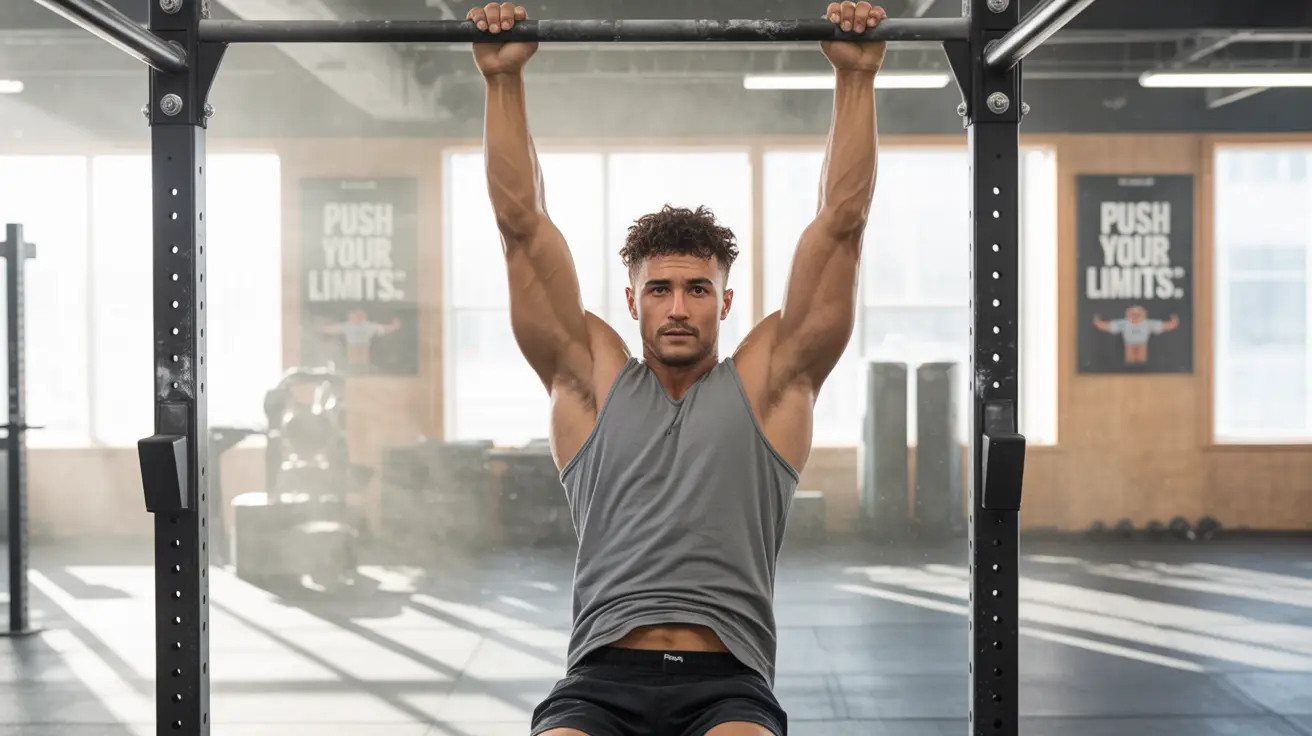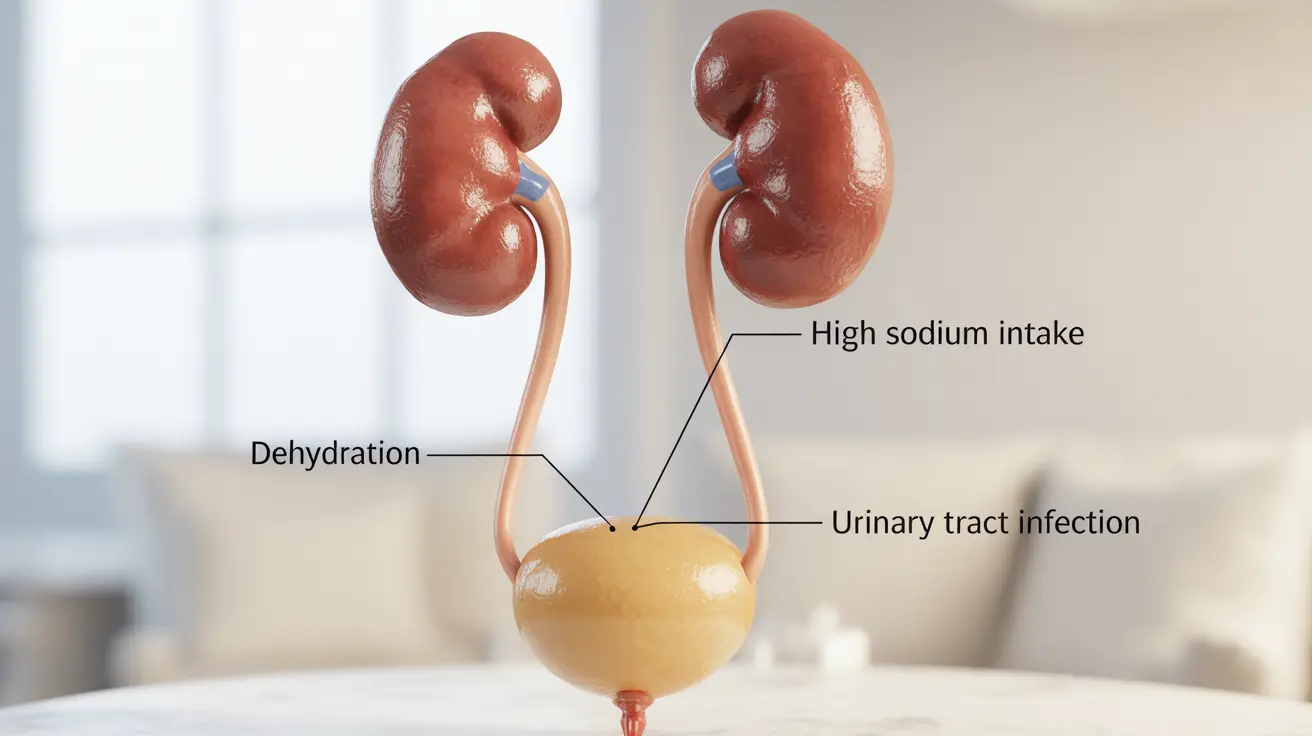Snapping hip syndrome, also known as dancer's hip, is a condition characterized by a distinctive snapping sensation or sound that occurs during hip movement. This condition commonly affects athletes, dancers, and physically active individuals, though it can occur in anyone. Understanding its causes, symptoms, and treatment options is crucial for effective management and prevention of potential complications.
While the snapping or clicking sensation might be concerning, it's important to note that many cases can be effectively managed through proper treatment and lifestyle modifications. Let's explore this condition in detail to help you better understand its impact and available solutions.
Understanding Snapping Hip Syndrome
Snapping hip syndrome occurs when a muscle, tendon, or other soft tissue moves across a bony structure in the hip, creating a snapping sensation. This condition can affect different areas of the hip and may vary in severity from a mild annoyance to a significant source of pain and limitation.
Types of Snapping Hip Syndrome
There are three main types of snapping hip syndrome:
- External snapping: Involves the iliotibial band moving over the greater trochanter
- Internal snapping: Occurs when the iliopsoas tendon moves over the femoral head
- Intra-articular snapping: Related to loose bodies or tears within the hip joint
Signs and Symptoms
The primary indicators of snapping hip syndrome include:
- Audible snapping or clicking sound during hip movement
- Feeling of the hip catching or locking
- Pain or discomfort that may worsen with activity
- Weakness in the affected hip
- Reduced range of motion
Diagnosis and Assessment
Healthcare providers typically diagnose snapping hip syndrome through physical examination and patient history. In some cases, imaging tests such as X-rays, MRI, or ultrasound may be necessary to rule out other conditions or identify specific causes.
Treatment Approaches
Conservative Management
Initial treatment usually focuses on non-invasive approaches:
- Activity modification
- Physical therapy
- Anti-inflammatory medications
- Ice or heat therapy
- Proper warm-up before activities
Physical Therapy and Exercises
Specific exercises and stretches play a crucial role in treatment:
- Hip flexor stretches
- IT band stretching
- Core strengthening exercises
- Hip stabilization exercises
- Controlled movement patterns
Prevention Strategies
Several preventive measures can help reduce the risk of developing or aggravating snapping hip syndrome:
- Proper warm-up before physical activities
- Regular stretching routines
- Maintaining appropriate exercise technique
- Gradual progression in activity intensity
- Wearing appropriate footwear
Frequently Asked Questions
What are the common causes and symptoms of snapping hip syndrome? Common causes include overuse, muscle tightness, and biomechanical issues. Symptoms include a snapping sensation, clicking sounds, and possible pain during hip movement.
How is snapping hip syndrome typically treated, and what are the most effective management options? Treatment typically involves conservative measures such as physical therapy, activity modification, and specific exercises. In severe cases, medical intervention may be necessary.
What are some exercises or stretches that can help alleviate snapping hip syndrome symptoms? Beneficial exercises include hip flexor stretches, IT band stretching, core strengthening exercises, and controlled movement patterns designed to improve hip stability and flexibility.
Can snapping hip syndrome lead to more serious health issues if left untreated? Yes, untreated snapping hip syndrome can lead to chronic pain, reduced mobility, muscle weakness, and potential joint damage over time.
What are some lifestyle changes or preventive measures that can reduce the risk of developing snapping hip syndrome, especially in athletes or dancers? Key preventive measures include proper warm-up routines, maintaining good flexibility, using correct technique during activities, gradual progression in training intensity, and wearing appropriate footwear.




